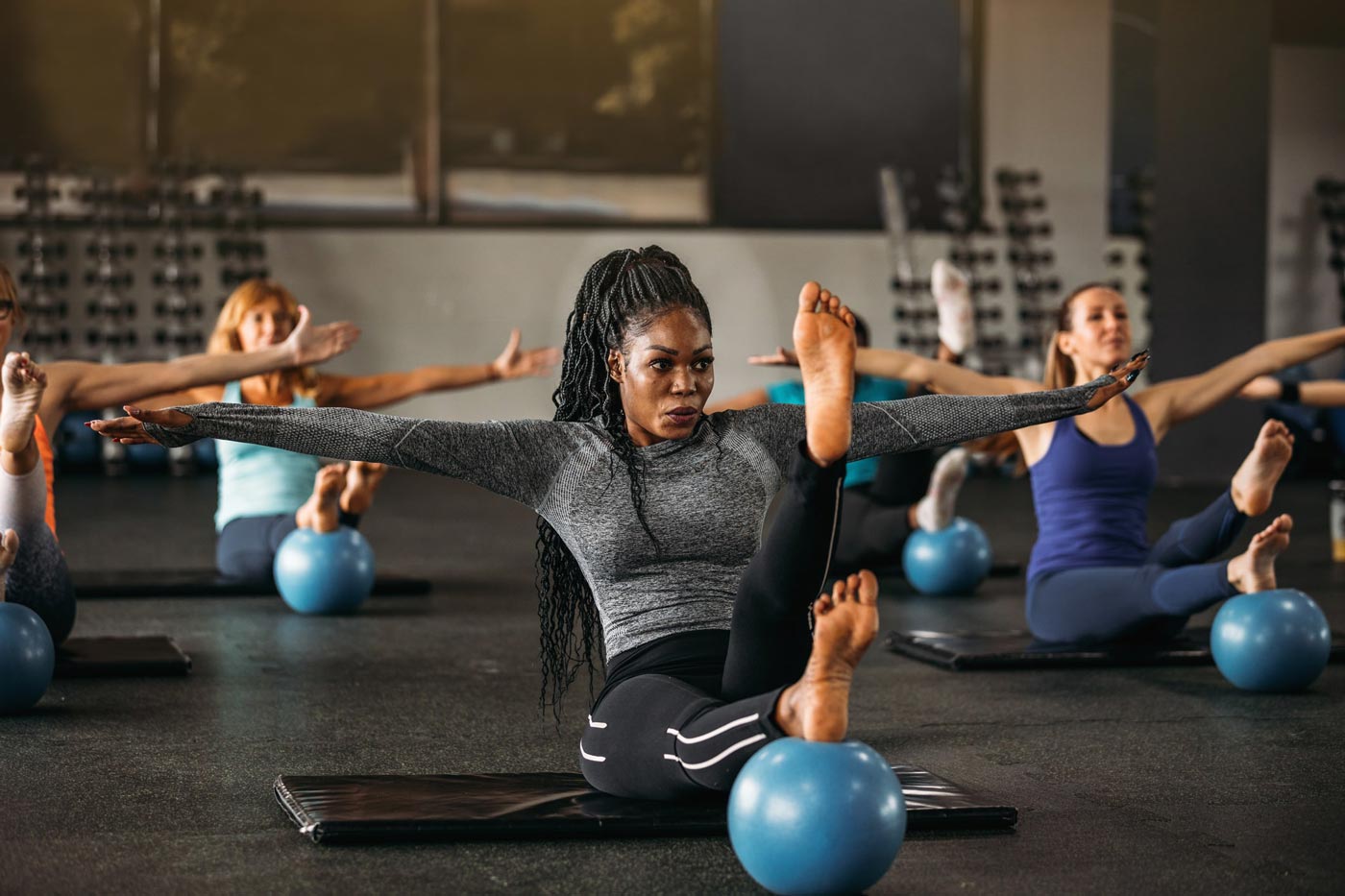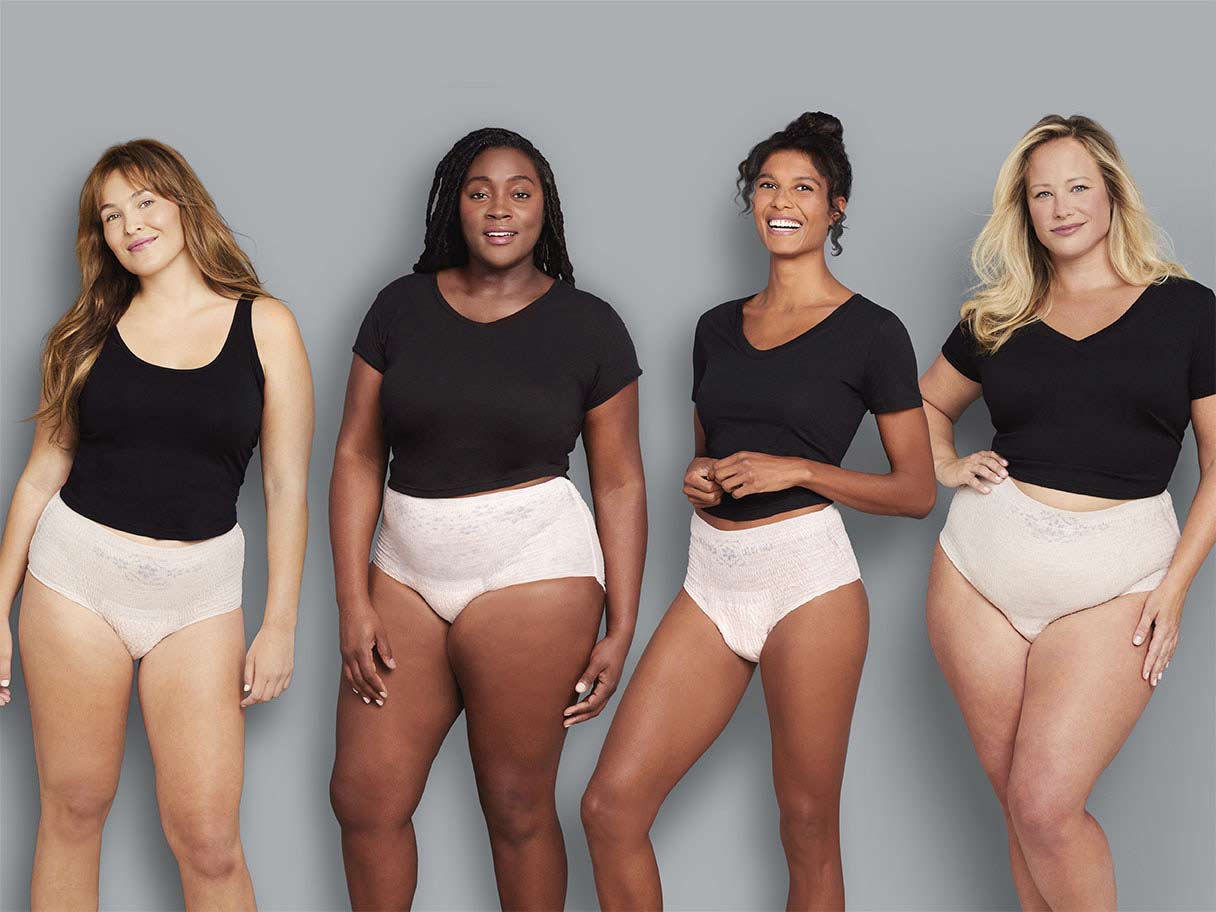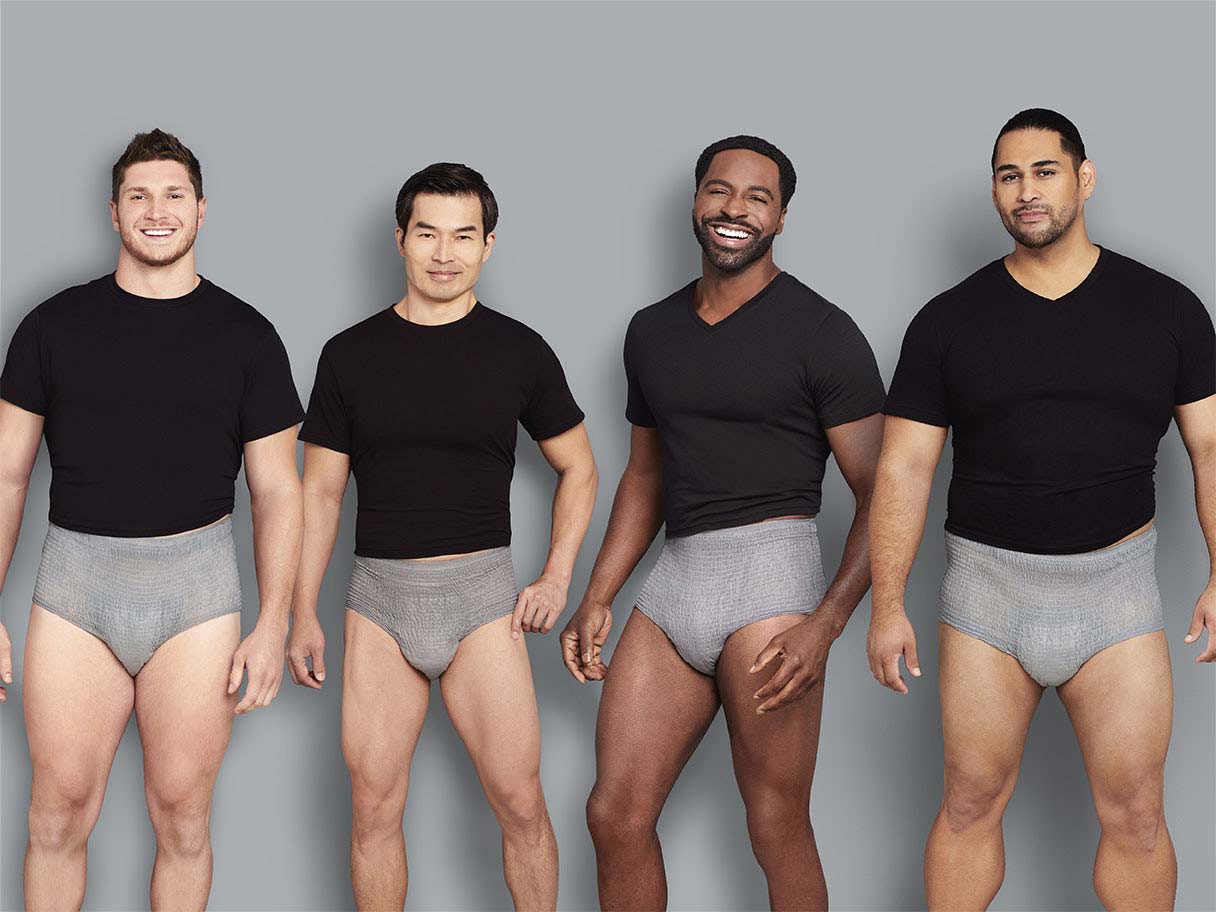7 Simple Secrets About Kegels
7 Simple Secrets About Kegels
Practicing Kegel exercises is a great way to manage bladder leakage. The exercises help strengthen the pelvic floor muscles that support your bladder and help control urination. Here are 7 simple secrets to successful results.
1. The Sooner the Better
The sooner you start Kegel exercises, the better. Most people wait so long that it takes the body much more time to get back into condition and back to earlier routines.
2. Think in Threes
Locate your pelvic muscles by pretending to stop the flow of urine. Squeeze and hold those muscles for three seconds, then relax for a count of three and repeat 10 times. That equals one set. Do three sets (a total of 30 exercises) daily.
3. Don't Start and Stop
Don’t practice Kegels by actually starting and stopping your urine stream. Doing Kegels with a full bladder or while emptying it may have the opposite effect of weakening your muscles.
4. Don't Contract Muscles
Try not to contract the muscles in your abdomen (stomach) or gluts (buttocks) as you perform a Kegel. Isolate and squeeze just the inner pelvic floor muscles.
5. Keep Breathing
It’s important not to hold your breath when performing Kegels in order to keep the flow of oxygen and blood throughout your body.
6. Sneeze, Cough, and Bend
In addition to practicing Kegels as planned sets, do a Kegel whenever you sneeze, cough, or bend. This will help further strengthen those muscles and minimize bladder leakage.
7. Kegel Exercises Are Discreet
The biggest secret is that no one will know you’re doing them! You can discreetly do Kegels anywhere, anytime without anyone noticing. It may take as little as just a few weeks to start feeling the benefits of Kegel exercises. After eight to 12 months, there’s a good chance your situation will be improve.



